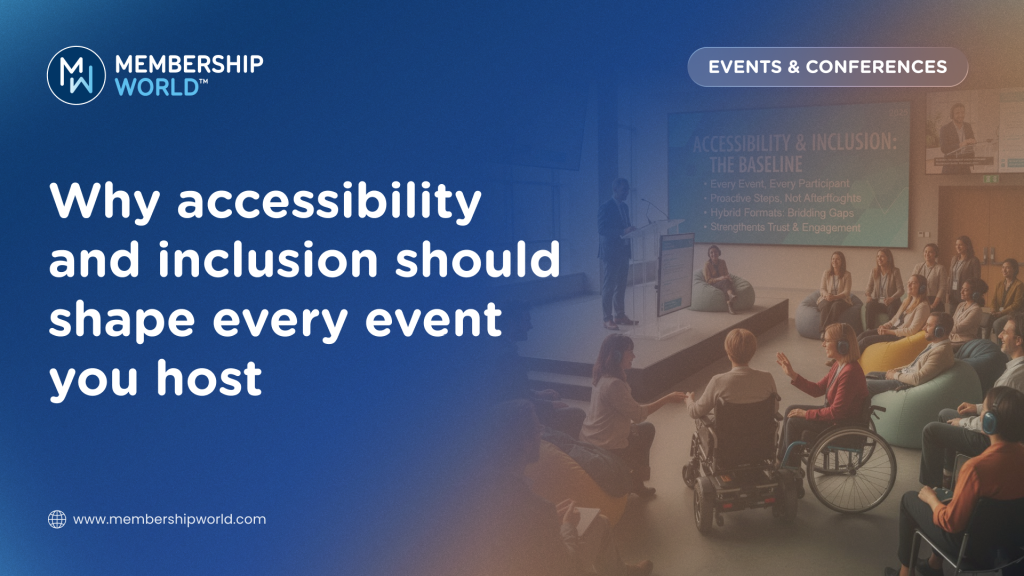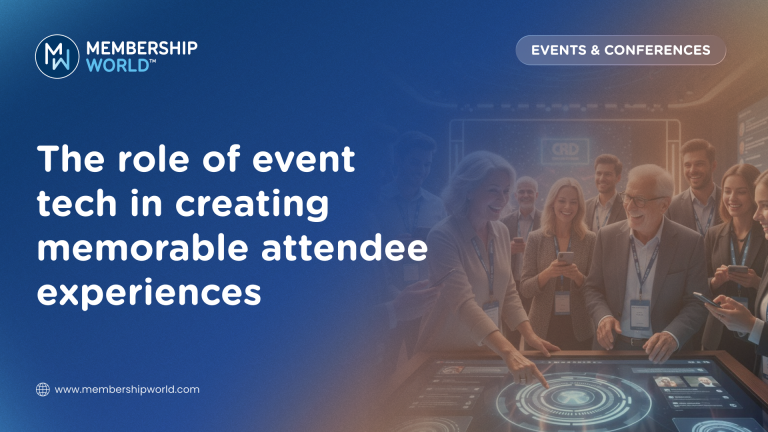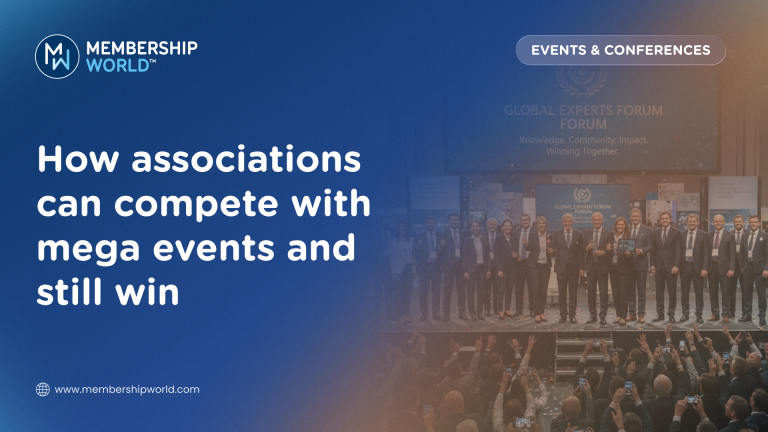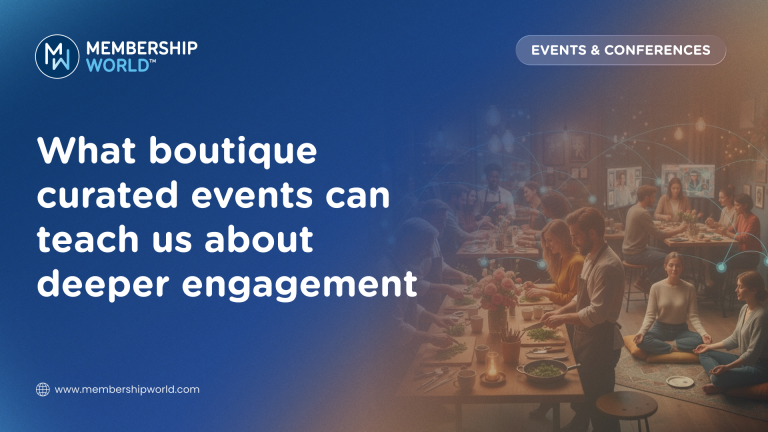
Every event is a chance to bring your community together — to connect, share, and grow.
But for too long, accessibility and inclusion have been treated as afterthoughts or optional extras.
In 2025, that mindset no longer works. Members expect — and deserve — experiences that make everyone feel welcome and valued.
Accessibility isn’t just about ramps and captions. Inclusion isn’t just about who’s on stage. It’s about designing events where every participant can engage, contribute, and belong.
TLDR
- Accessibility and inclusion are now baseline expectations, not nice-to-haves.
- Inclusive design improves the experience for everyone, not just specific groups.
- Small, proactive steps — from speaker diversity to sensory-friendly environments — go a long way.
- Hybrid and virtual formats can either widen or close participation gaps depending on how they’re planned.
- Associations that lead with accessibility strengthen trust, reputation, and long-term engagement.
The reality check: inclusion gaps still exist
Most associations genuinely want to create welcoming events.
Yet, accessibility and inclusion often fall victim to deadlines, budgets, or assumptions — like “we’ve never had anyone ask for that.”
But here’s the truth: if no one asks, it doesn’t mean no one needs it.
It might simply mean they’ve stopped expecting it.
A 2024 Event Industry Report found that while 84% of organisers consider inclusion a priority, only 37% have a documented accessibility plan. That gap tells a story — good intentions, but uneven implementation.
Inclusion is design, not decoration
Inclusive events aren’t about last-minute fixes. They’re about designing from the start with diverse needs in mind.
Think of it this way: accessibility isn’t something you add; it’s something you build in.
Some practical ways associations are putting this into action:
- Venue selection: choosing spaces with step-free access, clear signage, and quiet zones.
- Communication: using plain language, large fonts, and high-contrast visuals in materials.
- Session formats: offering multiple ways to engage — live captions, Q&A apps, or small discussion pods.
- Dietary inclusion: catering beyond the basics, including cultural and allergy-friendly options.
These aren’t just logistical tweaks — they communicate respect.
Representation matters — on stage and behind the scenes
Who speaks at your events says a lot about who belongs.
Diverse speakers bring richer perspectives, challenge assumptions, and reflect the real world your members live and work in.
But inclusion also means diversity in planning committees, moderators, and suppliers.
Associations that intentionally diversify these voices don’t just tick boxes — they create relevance.
Members notice when they see people like themselves represented on stage. It builds trust and connection that marketing can’t manufacture.
The hybrid opportunity — and challenge
Hybrid and virtual events opened doors for many who couldn’t attend before — parents, people with disabilities, members across geographies.
But they also introduced new barriers: poor audio, lack of captions, inaccessible platforms.
To make hybrid truly inclusive, associations are:
- Offering captioned recordings for all sessions.
- Using platforms compatible with screen readers.
- Ensuring equal access to networking features, not just live sessions.
- Training moderators to manage both in-person and online audiences fairly.
When done well, hybrid events become a powerful equaliser — giving every member a front-row seat.
Accessibility is everyone’s job
Inclusion can’t live in one department or be a single person’s task. It needs to be baked into your event culture.
That starts with questions like:
- Have we tested our registration forms with screen readers?
- Can every attendee navigate the venue independently?
- Do our visuals and examples reflect the diversity of our audience?
And beyond logistics, there’s empathy.
Brief your speakers and volunteers to use inclusive language, respect pronouns, and create space for every voice.
Small moments of thoughtfulness can transform the entire experience.
The return on inclusion
Building accessible, inclusive events isn’t just the right thing to do — it’s a strategic advantage.
Members remember how they felt at your events.
When people feel seen, respected, and included, they’re more likely to return, recommend, and contribute.
It’s also a signal to potential sponsors and partners that your association leads with values — not just attendance numbers.
In short: inclusion pays off in loyalty, participation, and reputation.
Final thoughts
Accessibility and inclusion aren’t checkboxes. They’re cornerstones of a thriving event culture.
When associations get this right, they move beyond compliance and into connection.
They create spaces where learning, networking, and community are open to all — not just the majority.
Because the true success of an event isn’t in how many attend — it’s in how many belong.💬
How is your association making events more inclusive?



